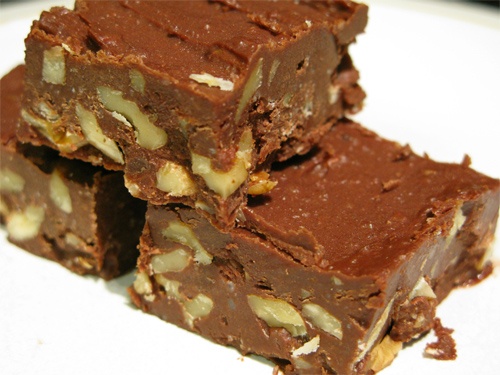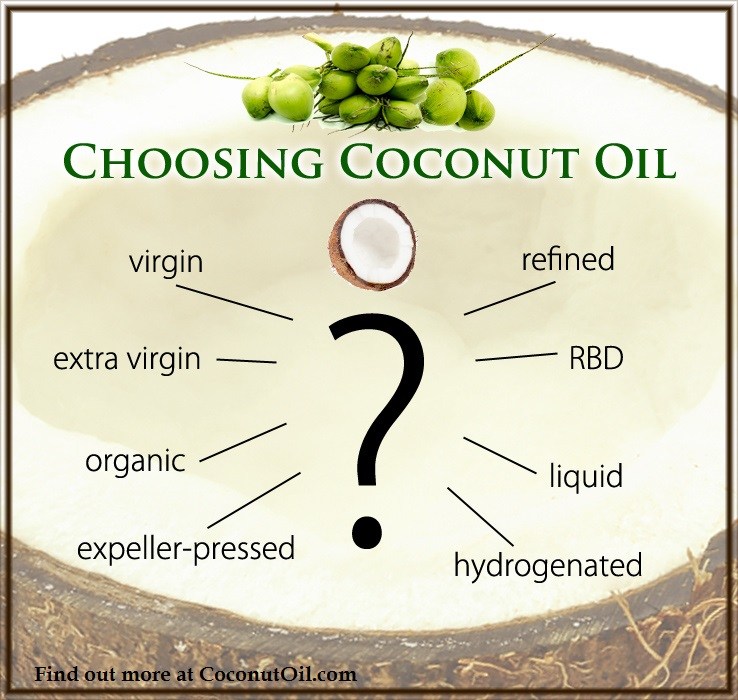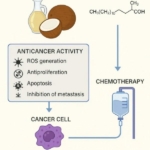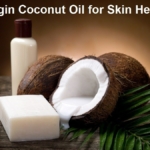
Chocolate Fudge made with 2 Cups of Virgin Coconut Oil. Recipe here.
by Paul Fassa
Health Impact News
Most of us are not used to considering dietary fat as a high source of energy for all-out exercise, athletic activity, and physical labor. Energy from fat has usually been associated with stored fat within the body as a reserve for when carbohydrate energy runs out.
Now a 2018 Russian study using cross-country skiers as human subjects determined medium chain fatty acids (MCFA), normally contained in only a few saturated fats, supplied immediate energy during high demand athletic endeavors.
These fatty acids don’t get stored as fat, but provide sustained energy. This truth can benefit all of us, not just athletes.
The Russian Study that Used Rigorous Conditions to Confirm High Energy Use from Fats
The study is titled Priority use of medium-chain fatty acids during high-intensity exercise in cross-country skiers was published in the Journal of the International Society of Sports Nutrition.
The purpose of this study was to compare the concentrations of medium-chain and long-chain saturated fatty acids by exercise loads of varying intensity.
They hypothesized that if trained endurance athletes used MCFAs [medium chain fatty acids] more than LCFAs [long chain fatty acids] through high-intensity exercise that MCFAs may represent an excellent energy source because they oxidize more rapidly.
The study involved 15 young males from the Russian cross-country skiing team. Cross-country skiing requires much more physical exertion and stamina than Alpine (downhill) skiing. It also involved the athletes doing extended training on veloergometers, stationary bicycles with state of the art physiological stress measuring equipment.
The study was designed and performed by the Institute of Physiology of the Komi Scientific Center of the Ural Branch of the Russian Academy of Sciences.
What they ate was not part of the study’s equation. They all uniformly ate the same breakfasts standardized by energy output ratios of 78 percent carbohydrates, 14 percent fat, and 8 percent protein for breakfast.
After which they either exercised on special highly-equipped stationary bicycles for reading physiological reactions called veloergometers, or they participated in sprint cross-country races of 1.3 kilometers and medium cross-country races of 15 kilometers.
The races in miles were just under one mile and just over nine miles respectively. Blood samples were taken from capillaries, the blood vessels most directly involved with muscles, before veloergometer exercising and at the point of exhaustion from the exercise.
Capillary blood samples were also taken from the athletes just before cross-country ski racing competition and five minutes after crossing the finish lines. With both exercise and competition situations, content comparisons were made among MCFA items, also known as MCTs (medium chain triglycerides), at both times.
From the study’s conclusion:
The study of professional cross-country skiers at rest during the general training period revealed a decrease in the total FA pool in their blood plasma.
Cycle ergometric loads «until exhaustion» and competition (1.3 and 15 km races) identically modified the serum saturated FA profile, which was manifest as a considerable increase in the concentrations of MC-FAs (capric, lauric and myristic), with no change in long-chain fatty acid concentrations relative to baseline values.
The practical aspect of this study indicates possible using of supplements containing medium chain fats in form of TG [triglycerides] under high-intensity loads (at maximum exercise loads), for example, in a sprint.
Here is where you can access the full study with all its charts, detailed analyses, and diagrams.
How to Take Personal Advantage of This Study’s Findings
If you experience high intensity or maximum exercise loads, you can incorporate an oil into your diet that contains all the medium chain fatty acids – coconut oil. The researchers did not feed the cross-country skiing athletes any foods or supplements that included the medium chain fatty acids.
They simply observed that when physical effort exceeds the body’s ability to provide sufficient oxygen for glucose metabolism, an anaerobic metabolic process occurs that requires help from medium chain fatty acids (MCFAs) or triglycerides (MCTs).
If you exercise heavily, work-out to near exhaustion, or do heavy physical labor, your body’s muscle cells move toward creating lactic acid fermentation because of insufficient oxygen.
Your muscles’ cells morph into at least a combination aerobic/anaerobic mode of metabolizing energy by fermenting lactic acid created from muscular activity and strain. (Source under heading Lactic Acid Fermentation)
Also see:
Coconut Oil for Energy
Supplementing coconut oil and/or using for cooking, baking, mixing it with cannabis or blending coconut oil with or without added butter in coffee, aka “bulletproof coffee,” helps accommodate and smooth out the caffeine boost with a fatty acid energy supply.
There are literally hundreds of ways to incorporate coconut oil into one’s diet.
Some medium chain fatty acids exist in dairy products, especially goat’s milk. But coconut oil contains the highest amount by far, especially the amazingly powerful lauric acid which is found nowhere else in nature in such abundance as it is in coconut oil.
Don’t be deceived by oils that remain liquid while refrigerated and claim to high be high MCT oil or liquid coconut oil. Real coconut oil is solid up to 76 degrees Fahrenheit then it melts. Refrigerating real coconut oil makes it rock solid and next to impossible for scooping out immediately.
More importantly, these liquid coconut oil impostors don’t contain the full range of MCTs, even excluding the most important fatty acid, lauric acid.
See:
Is Liquid Coconut Oil that stays Liquid in Your Refrigerator Real Coconut Oil?
MCT Oil vs. Coconut Oil: The Truth Exposed
Lauric acid comprises over 50 percent of coconut oil. It increases insulin sensitivity in cells to prevent or help reverse diabetes 2, increases fat burning while discouraging fat storage, and provides ketones the brain can use for immediate energy.
Coconut oil’s medium chain triglycerides produce energy molecules called ketones through the liver. These ketones have improved memory loss with even Alzheimer’s disease victims to bypass insulin resistance in the brain. Some consider Alzheimer’s disease type 3 diabetes.
Also see:
Virgin Coconut Oil Beats Drugs in Treating Alzheimer’s
Lauric acid is naturally anti-microbial with the “bad guys,” pathogenic bacteria, viruses, and fungi. It also lowers blood pressure and contributes to heart health, contrary to conventional ignorance, as well as many other undesirable health conditions that have been researched and peer-reviewed and published.
There are many ways to incorporate coconut oil into your homemade foods. Go here for some recipes and other uses.
And for a complete guide to understanding and choosing coconut oil, see:
What Type of Coconut Oil is Best? How to Choose a Coconut Oil
Comment on this article at HealthImpactNews.com.




 Research Continues to Show Virgin Coconut Oil's Effectiveness in Treating Cancer
Research Continues to Show Virgin Coconut Oil's Effectiveness in Treating Cancer Coconut Oil Continues to Benefit Alzheimer's Patients over Drugs as Studies Continue for Neurological Benefits
Coconut Oil Continues to Benefit Alzheimer's Patients over Drugs as Studies Continue for Neurological Benefits How the Simple High-Fat Low-Carb Ketogenic Diet Continues to Change People's Lives
How the Simple High-Fat Low-Carb Ketogenic Diet Continues to Change People's Lives New Studies Continue to Show that Coconut Oil is the Best Oil for Treating Skin Conditions and Maintaining Healthy Skin and Teeth
New Studies Continue to Show that Coconut Oil is the Best Oil for Treating Skin Conditions and Maintaining Healthy Skin and Teeth New Study Confirms Health Benefits of Coconut Oil and USDA False Claims Against It
New Study Confirms Health Benefits of Coconut Oil and USDA False Claims Against It